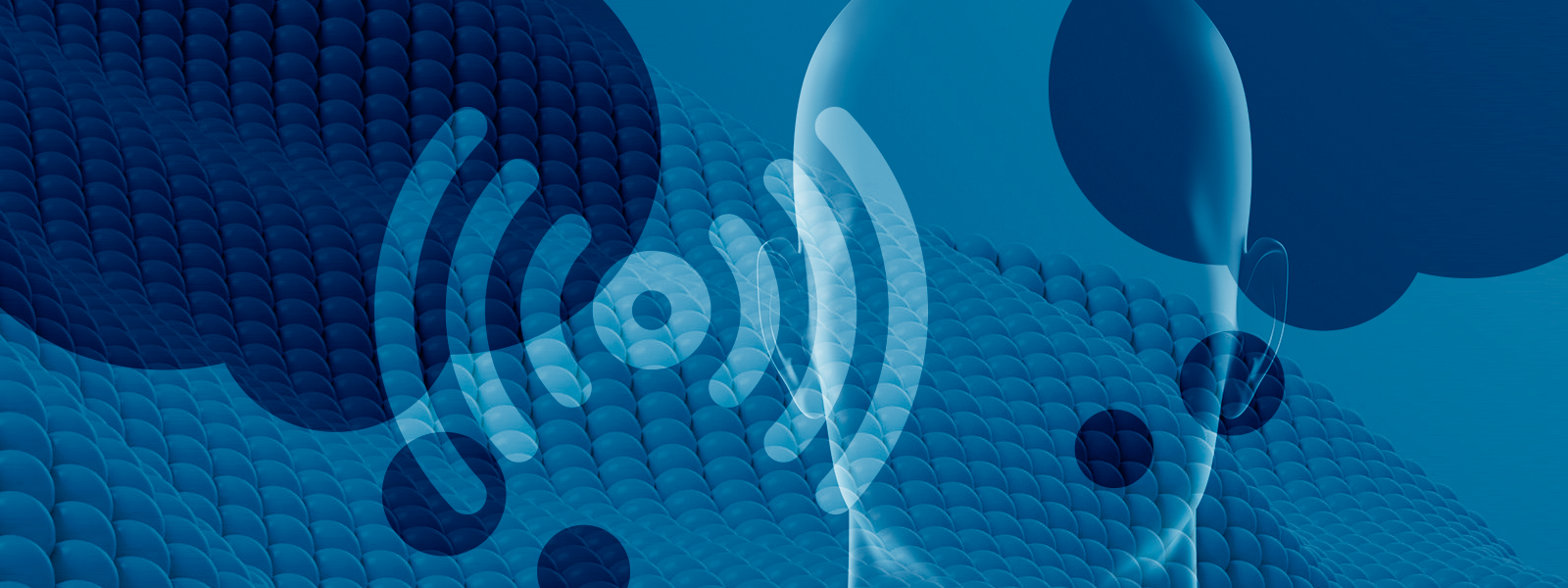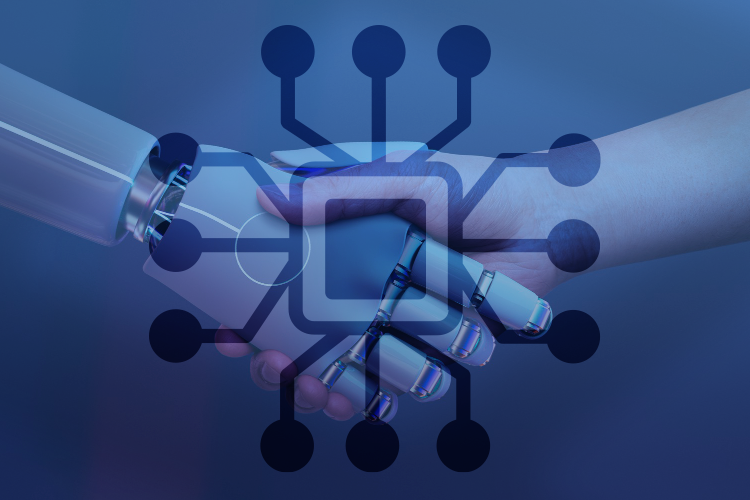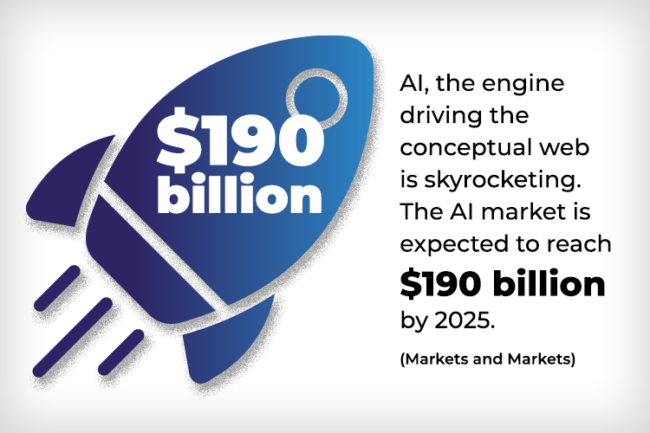Impact on Web Development: Shaping the Future
Personalised Content
Web development is moving away from the one-size-fits-all model. With semantic web technologies, the web becomes a personal concierge, delivering content tailored to individual tastes. It’s like having your favorite barista who knows exactly how you like your information.
Machine Learning Integration
Meet the architects of the conceptual web: AI and machine learning. These technologies analyze data, understand context, and make the web smarter. They’re the backbone, ensuring we get the content we want, sometimes even before we know we want it.
Decentralized Web Development
Wave goodbye to centralization. Blockchain technology steps in as the guard, ensuring transparency and trust. It’s like having a digital notary, validating information and securing the integrity of the web.
User Privacy
Web development will need to prioritize user privacy. Implementing robust security measures and adhering to ethical data practices will be essential to build and maintain user trust.
From Static to Dynamic Experiences
Gone are the days of static web pages. Web development is now all about creating dynamic experiences. It’s about building digital landscapes that adapt, evolve, and respond to user interactions. It’s about making the web feel alive.
Don’t Get Left Behind
The conceptual web is reshaping our online experience. It’s a dynamic, interconnected ecosystem where ideas flow freely, and everyone has a seat at the table. There are challenges to navigate, from information overload to privacy concerns. But in the grand scheme of things, the pros outweigh the cons. It’s an evolution we can’t ignore.
Our community will play a crucial role in navigating this landscape, supporting businesses and organisations to adapt their strategies to harness the benefits while addressing the potential pitfalls. As we move forward, the conceptual web holds the promise of a more interconnected, collaborative, and democratized digital future.
At Hookson, we’re excited about the opportunities and benefits opened up by the evolution of the Conceptual Web and its impact on users.
If you’re a fellow enthusiast, drop us a line and find out more about how we could work in partnership with your organisation.



